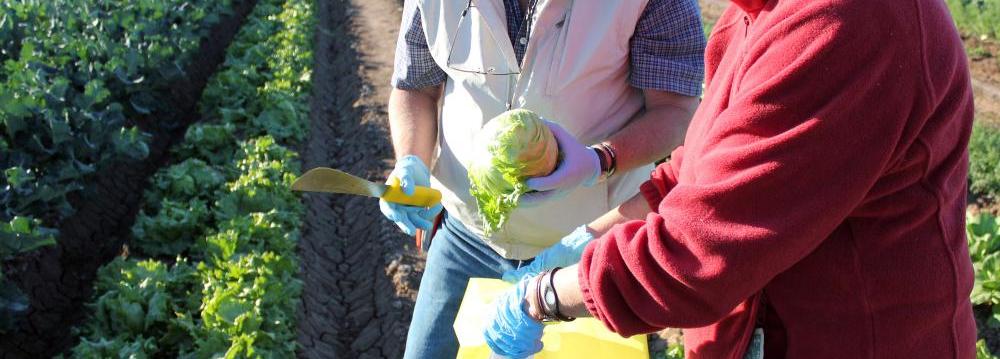Alongside the major crops they cultivate, farmers reap supplementary yields from their other fields of work, and all in all, they reap a beautiful package overall.
Each family member in this community has a skill which comes in handy, crafting hand-products, during the agriculture-off seasons, the Persian daily Donyay-e-Eqtesad reported.
The hand-made crafts, along with farm yields are presented in a little wooden booth, standing as a store for direct sale.
Tourists have different schedules for visiting the farms during and outside of the agriculture season. In the times when fields are cultivated, nearly all the activities center on farm crops and familiarization of visitors with cultivation, maintenance and reaping procedures.
Indeed, there are other activities tourists love such as feeding the farm animals, milking cows and goats, getting familiar with farming tools, learning ways of cooking local foods and making handicrafts.
When farms are less attended, a combination of these activities are undertaken with zest, during which time farmers’ houses provide lodging for visitors.
What is said above is part of the activities under the title of “agri-tourism or farm tourism”, which is practiced in several countries.
Supplementary income is the farmers’ main objective for engaging in such alternative tourism businesses. The income from these activities adds up to 30% of the total earnings some times, a number which can rise by a considerable rate with more endeavor.
What is offered in agri-tourism (or farm tourism) is about farm life. People travel long distances to experience this way of living.
What is evident in this sector of tourism is the empowerment of local communities. When farmers find out about tourists’ zeal for visiting them, more and more join this enterprise. However, in such businesses, sustainability (observing environmental, social, cultural, and economic impacts) matters the most.


